Home>Maintenance & Safety>Home Maintenance Checklists>How Do You Get Rid Of Maggots In A Trash Can
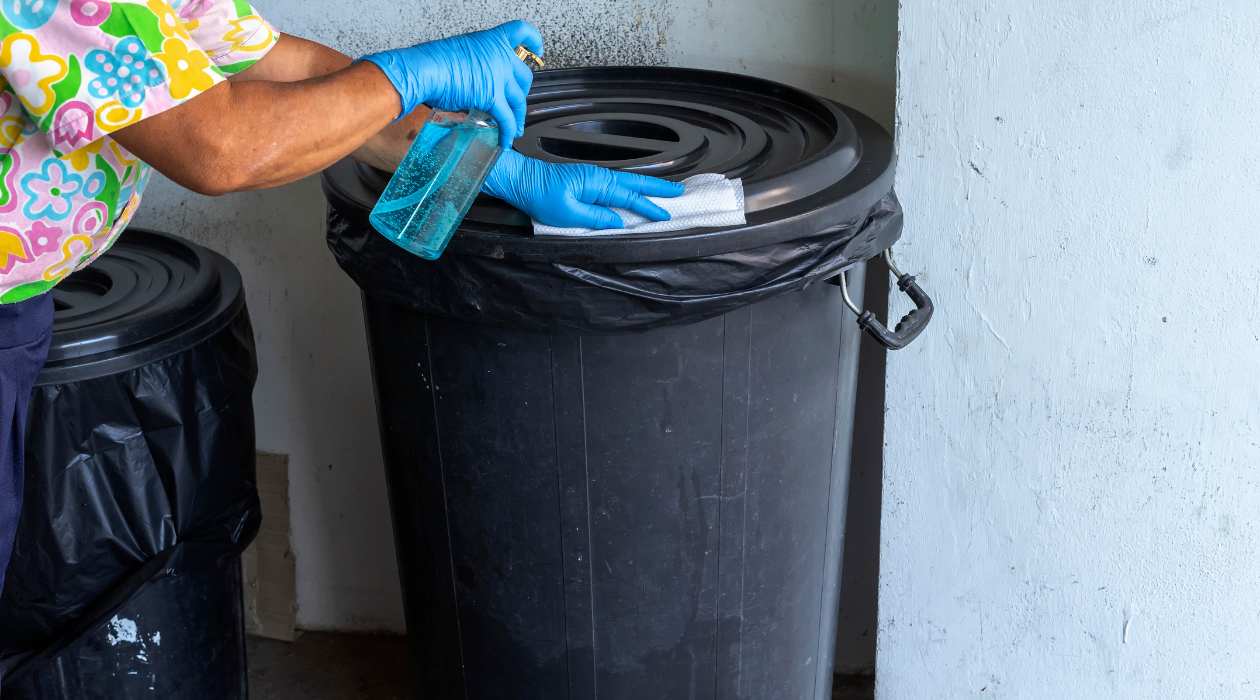

Home Maintenance Checklists
How Do You Get Rid Of Maggots In A Trash Can
Modified: January 20, 2024
Learn effective home maintenance checklists to get rid of maggots in your trash can and keep your living space clean and pest-free. Follow these simple steps for a hygienic and odor-free environment.
(Many of the links in this article redirect to a specific reviewed product. Your purchase of these products through affiliate links helps to generate commission for Storables.com, at no extra cost. Learn more)
Introduction
Discovering maggots in your trash can can be a distressing experience. These small, white, worm-like larvae are the offspring of flies and are commonly found in warm, moist environments where they feed on organic material. While their presence may be repulsive, it’s important to address the issue promptly to prevent further infestation and maintain a hygienic living environment.
In this comprehensive guide, we will explore effective methods to identify, remove, and prevent maggot infestations in your trash can. From understanding the signs of an infestation to utilizing natural remedies and preventive measures, we’ll equip you with the knowledge and tools to tackle this common household nuisance.
Whether you’re dealing with a minor infestation or seeking proactive strategies to safeguard against future occurrences, this article will provide valuable insights to help you effectively manage and eliminate maggots in your trash can.
Key Takeaways:
- Don’t let maggots take over your trash can! Identify, remove, and prevent infestations by cleaning the bin, using natural remedies, and implementing preventive measures. Keep your living space clean and pest-free!
- Fight maggots naturally! Use vinegar, boiling water, diatomaceous earth, citrus peels, and baking soda to eliminate infestations without harsh chemicals. Keep your environment safe and eco-friendly.
Identifying the Maggot Infestation
Before taking action to address a maggot infestation in your trash can, it’s crucial to accurately identify the presence of these larvae. Maggots are often discovered in bins that contain decomposing organic waste, such as food scraps and other perishable items. The following signs can help you confirm the presence of maggots:
- Visible Larvae: Maggots are small, white, and cylindrical in shape, resembling tiny worms. They may be seen wriggling within the trash or on the surface of the waste materials.
- Foul Odor: A putrid or rotting smell emanating from the trash can may indicate the presence of decaying organic matter, which can attract flies and lead to maggot infestations.
- Presence of Flies: Adult flies hovering around or inside the trash can are a clear indication that there may be maggots within the waste, as flies lay their eggs in suitable environments for their larvae to thrive.
- Movement in the Trash: If you notice unusual movement within the garbage when the lid is opened, it’s likely that maggots are present and actively feeding on the waste.
Once you’ve confirmed the presence of maggots in your trash can, it’s important to proceed with the necessary steps to eliminate them and prevent a recurring infestation. By promptly addressing the issue, you can effectively restore cleanliness and hygiene to your waste management practices.
Removing the Trash and Cleaning the Bin
When dealing with a maggot infestation in your trash can, the first step is to safely remove the affected waste and thoroughly clean the bin to eliminate any remaining larvae and prevent the infestation from spreading. Follow these steps to effectively address the situation:
- Wear Protective Gear: Before handling the trash can and its contents, it’s advisable to wear gloves and a mask to protect yourself from potential contact with maggots and the associated odors.
- Empty the Trash Can: Carefully remove the trash bag or contents from the bin, ensuring that the maggots and any decaying matter remain contained within the bag.
- Dispose of the Waste: Seal the infested waste in a durable trash bag and promptly place it in an outdoor garbage bin or designated waste collection area to prevent the spread of maggots and odors indoors.
- Clean the Trash Can: Using a hose or bucket of soapy water, thoroughly wash the interior and exterior of the trash can, paying close attention to any crevices or areas where debris may accumulate. Consider using a brush or sponge to scrub away any residue.
- Apply a Disinfectant: After cleaning, apply a disinfectant or a solution of water and vinegar to the interior of the trash can to neutralize odors and eliminate any remaining bacteria or organic residues that could attract flies and maggots.
- Dry the Bin: Allow the trash can to air dry completely before inserting a new trash bag or returning it to its designated storage area.
By diligently following these steps, you can effectively remove the infested waste, sanitize the trash can, and mitigate the risk of a recurrent maggot infestation. This proactive approach not only restores cleanliness to your waste management routine but also helps prevent the spread of odors and potential health hazards associated with maggot presence.
To get rid of maggots in a trash can, mix equal parts water and vinegar, then pour it over the maggots. This will kill them and help eliminate the odor. Make sure to clean the trash can regularly to prevent future infestations.
Using Natural Remedies to Get Rid of Maggots
When addressing a maggot infestation in your trash can, natural remedies can serve as effective and environmentally friendly solutions to eradicate these unwanted pests. By harnessing the power of common household items and natural substances, you can safely eliminate maggots while minimizing the use of chemical-based products. Consider the following natural remedies to get rid of maggots:
- Vinegar Solution: Create a solution of equal parts water and vinegar and pour it directly into the trash can to repel and kill maggots. The acidic nature of vinegar disrupts the larvae’s environment, making it inhospitable for their survival.
- Boiling Water: Carefully pour boiling water over the infested waste in the trash can to kill the maggots and sterilize the area. This method effectively eradicates the larvae and helps sanitize the bin.
- Diatomaceous Earth: Sprinkle food-grade diatomaceous earth in and around the trash can to dehydrate and eliminate maggots. This natural substance is safe to use and acts as a mechanical insecticide, effectively disrupting the larvae’s protective outer layer.
- Citrus Peels: Place citrus fruit peels, such as those from lemons or oranges, in the trash can to deter maggots with their natural fragrance. The acidic properties of citrus peels can also help repel flies, reducing the likelihood of future infestations.
- Baking Soda: Sprinkle baking soda directly onto the infested waste to neutralize odors and create an inhospitable environment for maggots. Baking soda can help absorb moisture and reduce the attractiveness of the waste to flies and their larvae.
By incorporating these natural remedies into your maggot eradication efforts, you can effectively address the infestation while minimizing the use of harsh chemicals. These methods offer a safe and eco-friendly approach to managing household pests, ensuring the well-being of your living environment and the surrounding ecosystem.
Preventing Future Infestations
After successfully addressing a maggot infestation in your trash can, it’s essential to implement preventive measures to minimize the risk of future occurrences. By adopting proactive strategies and maintaining good waste management practices, you can effectively deter maggots and maintain a sanitary environment. Consider the following tips to prevent future infestations:
- Regular Cleaning and Maintenance: Establish a routine for cleaning and sanitizing your trash can, ensuring that it remains free of food residue and organic matter that can attract flies and maggots.
- Secure Trash Bag Closure: Seal trash bags tightly before placing them in the bin to prevent flies from accessing the waste and laying eggs. Using durable, puncture-resistant bags can further deter infestations.
- Freeze Organic Waste: If possible, freeze organic scraps before disposing of them to inhibit the growth of fly eggs and larvae. This can be particularly effective for kitchen waste that is prone to rapid decomposition.
- Use Airtight Containers: Consider storing organic waste in airtight containers or compost bins to contain odors and prevent flies from accessing potential breeding sites for maggots.
- Apply Natural Repellents: Utilize natural repellents, such as essential oils like eucalyptus or lavender, near the trash can to deter flies and discourage them from laying eggs in the vicinity.
- Monitor Outdoor Bins: Regularly inspect outdoor trash bins for any signs of damage or openings that may allow flies to access the waste. Repair or replace damaged bins to maintain their integrity.
By integrating these preventive measures into your waste management routine, you can significantly reduce the likelihood of future maggot infestations and promote a clean, pest-free environment. Consistent vigilance and proactive steps are key to safeguarding your living space from the nuisance of maggot infestations and the associated hygiene concerns.
Frequently Asked Questions about How Do You Get Rid Of Maggots In A Trash Can
Was this page helpful?
At Storables.com, we guarantee accurate and reliable information. Our content, validated by Expert Board Contributors, is crafted following stringent Editorial Policies. We're committed to providing you with well-researched, expert-backed insights for all your informational needs.
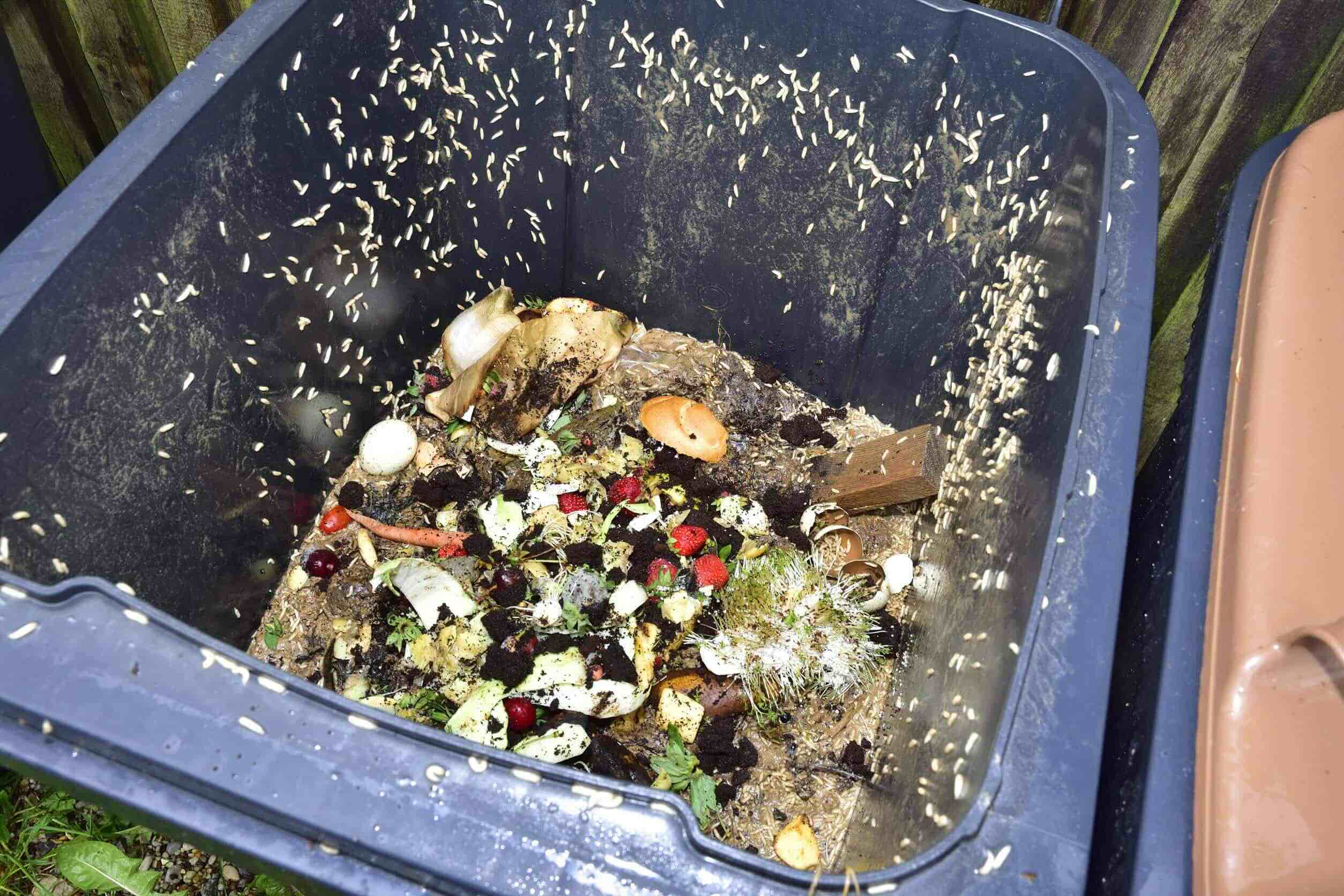
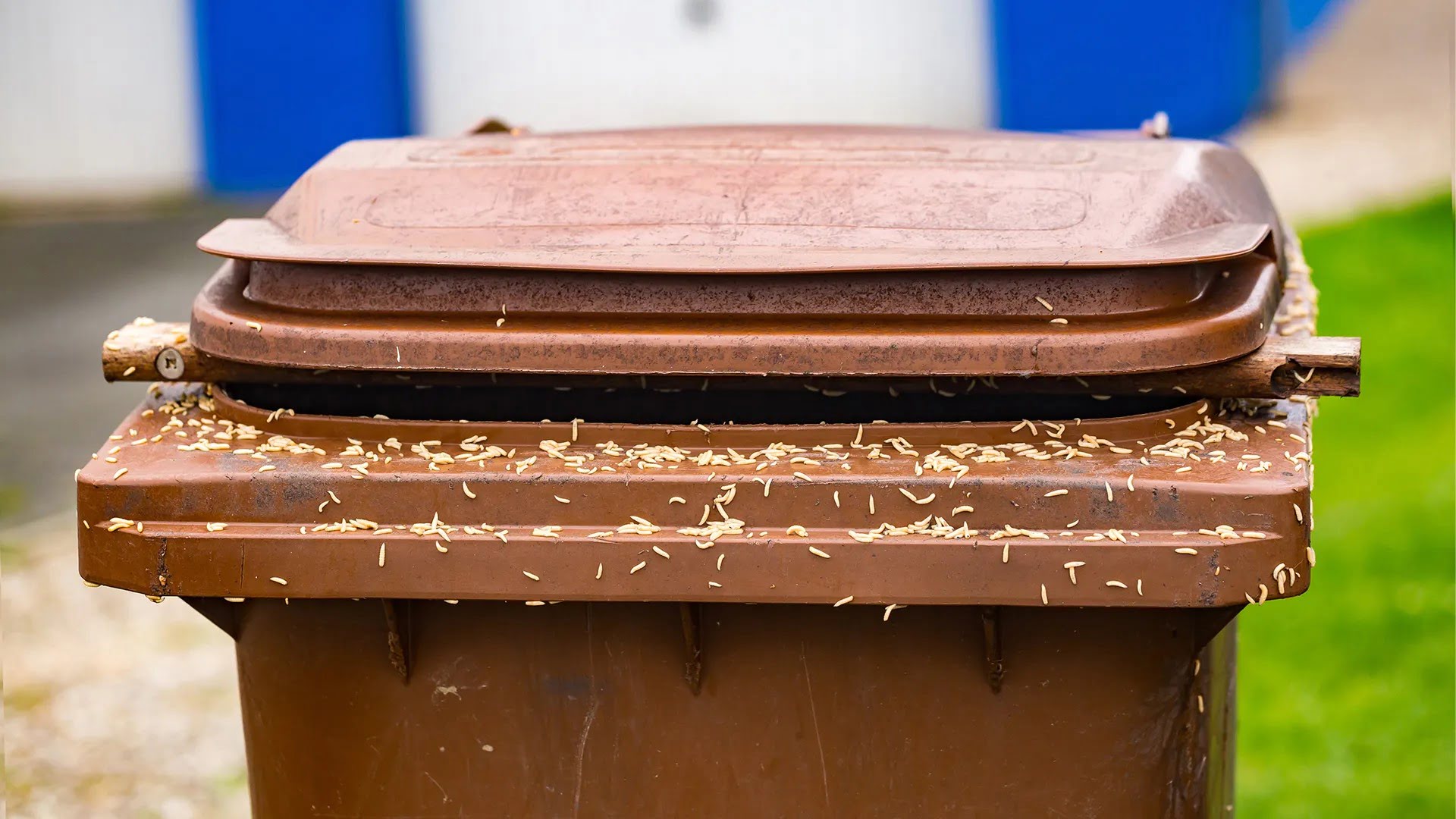
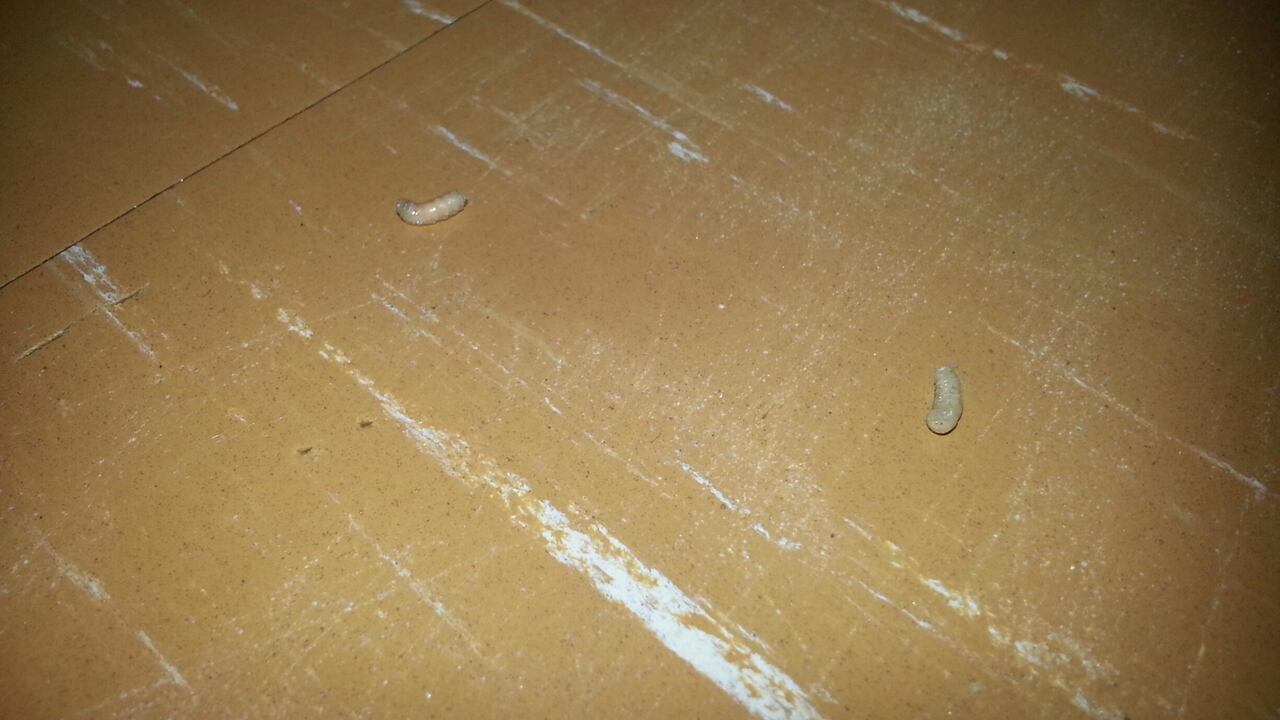
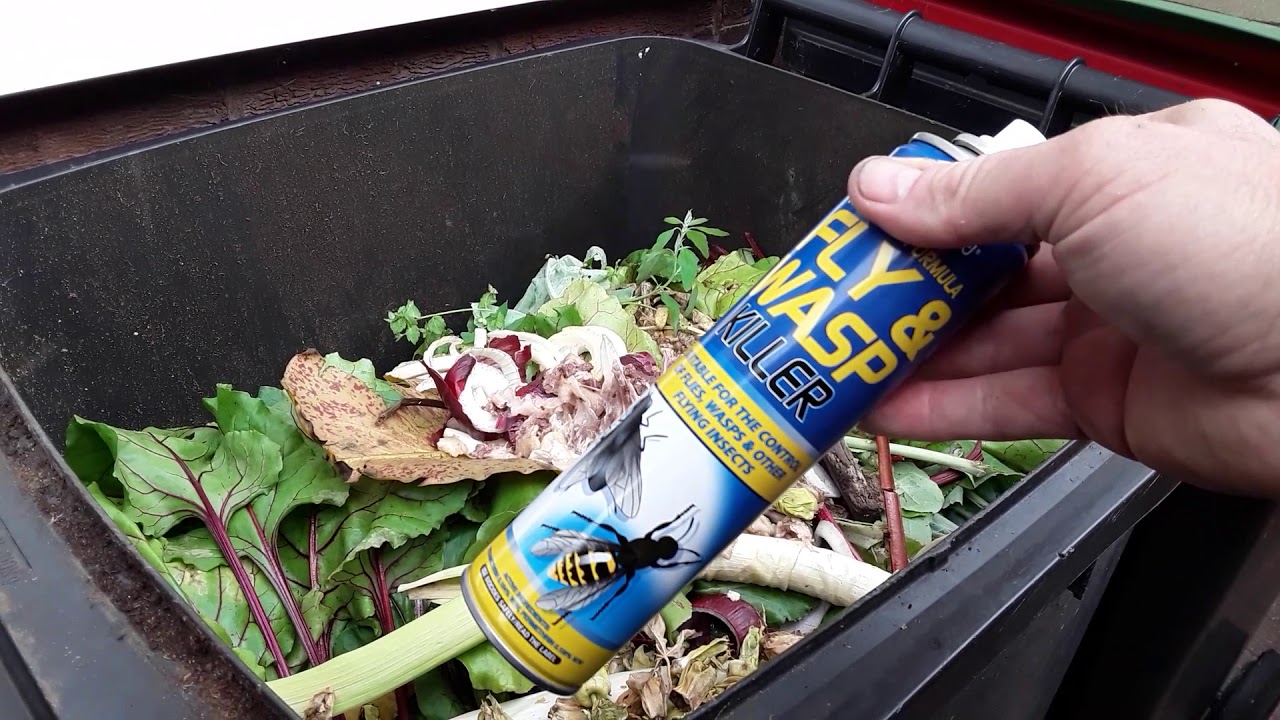

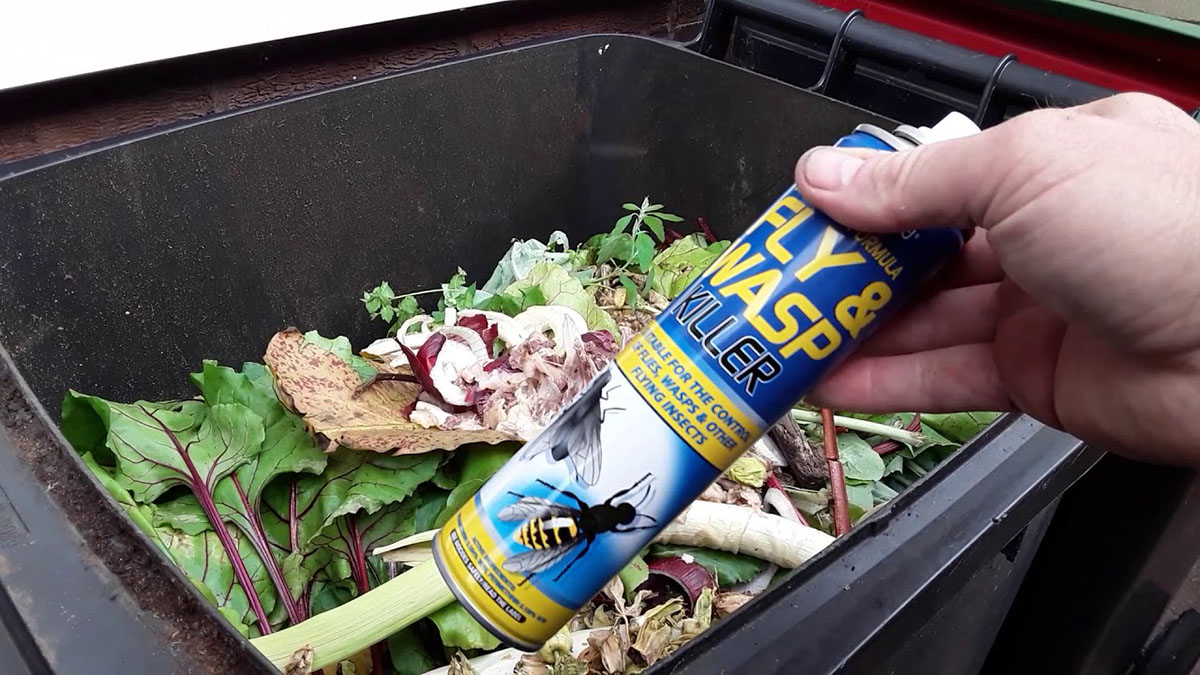

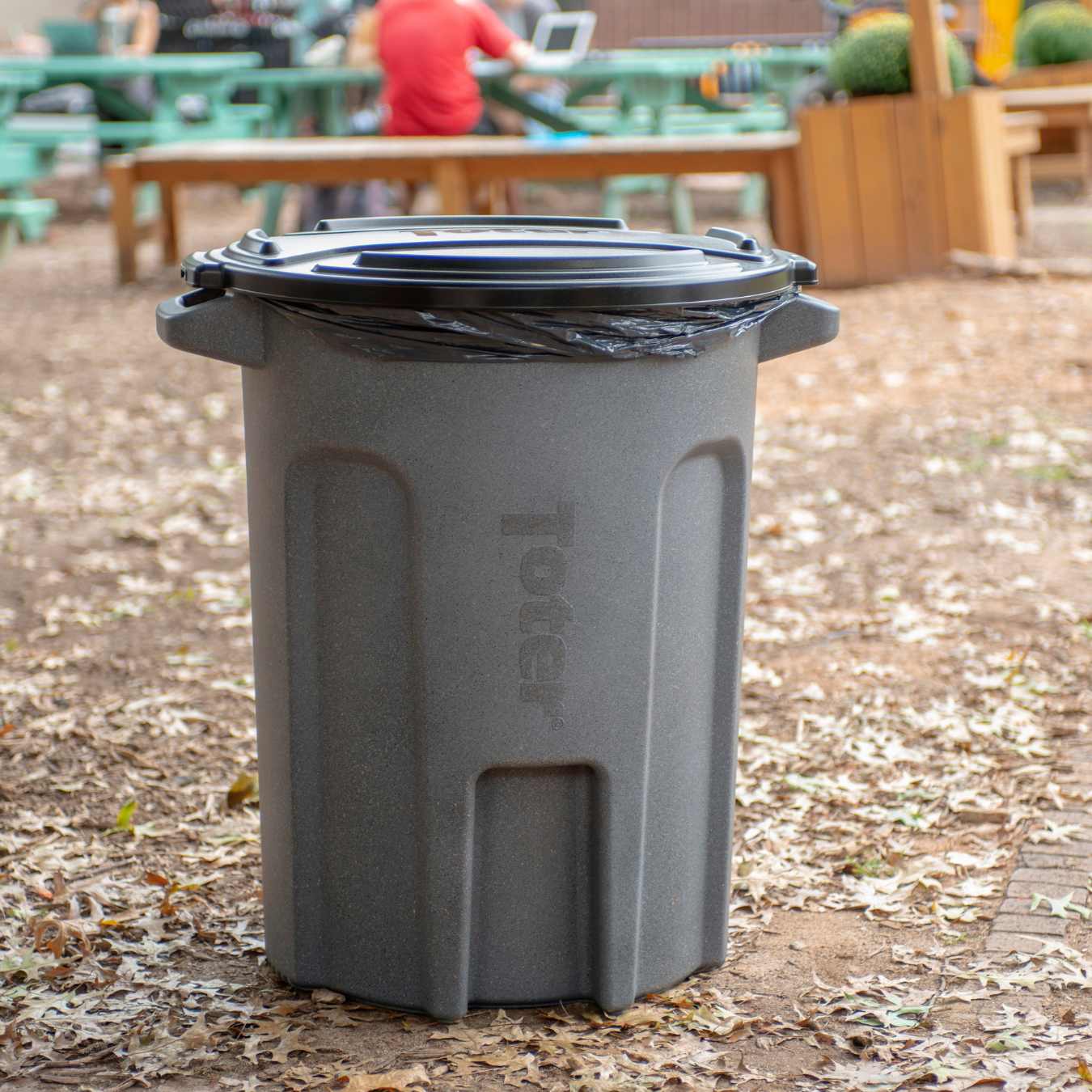
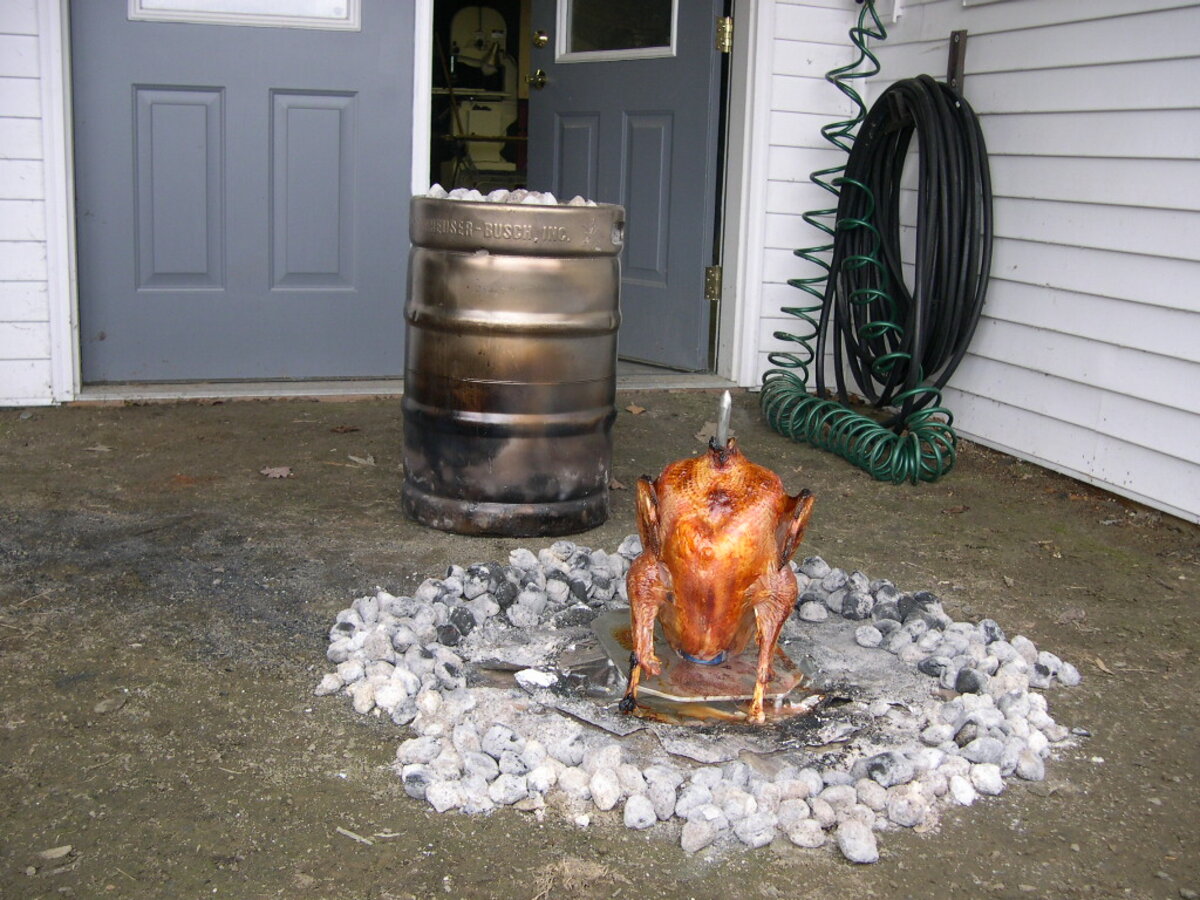
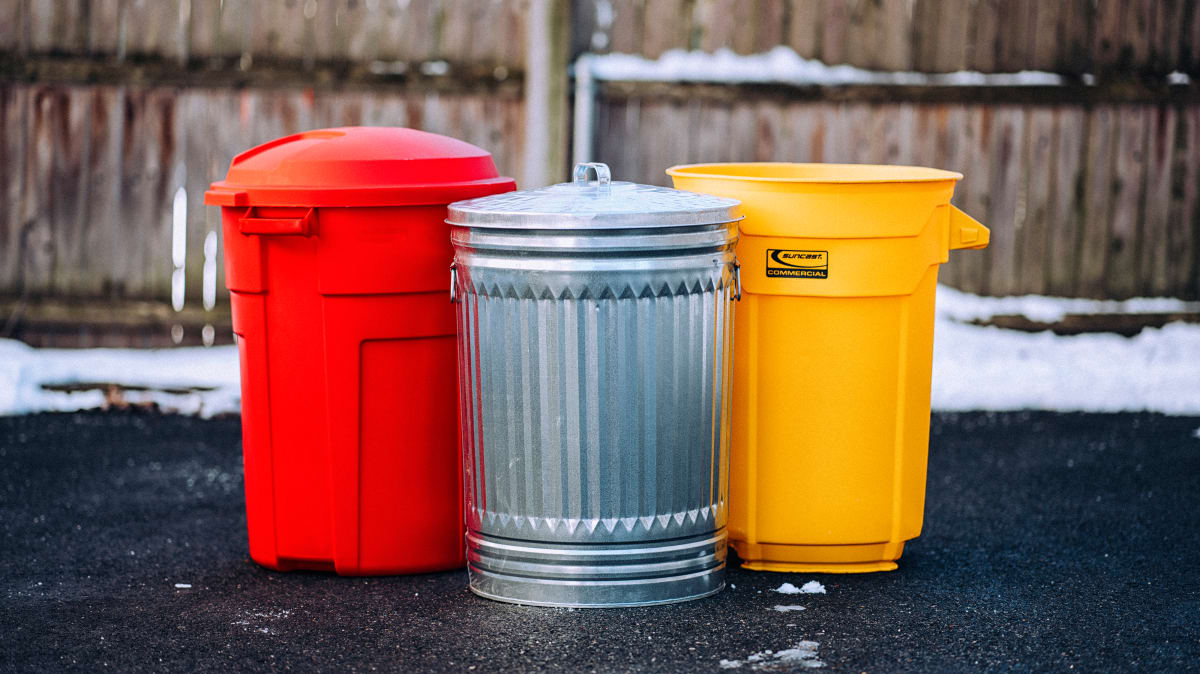
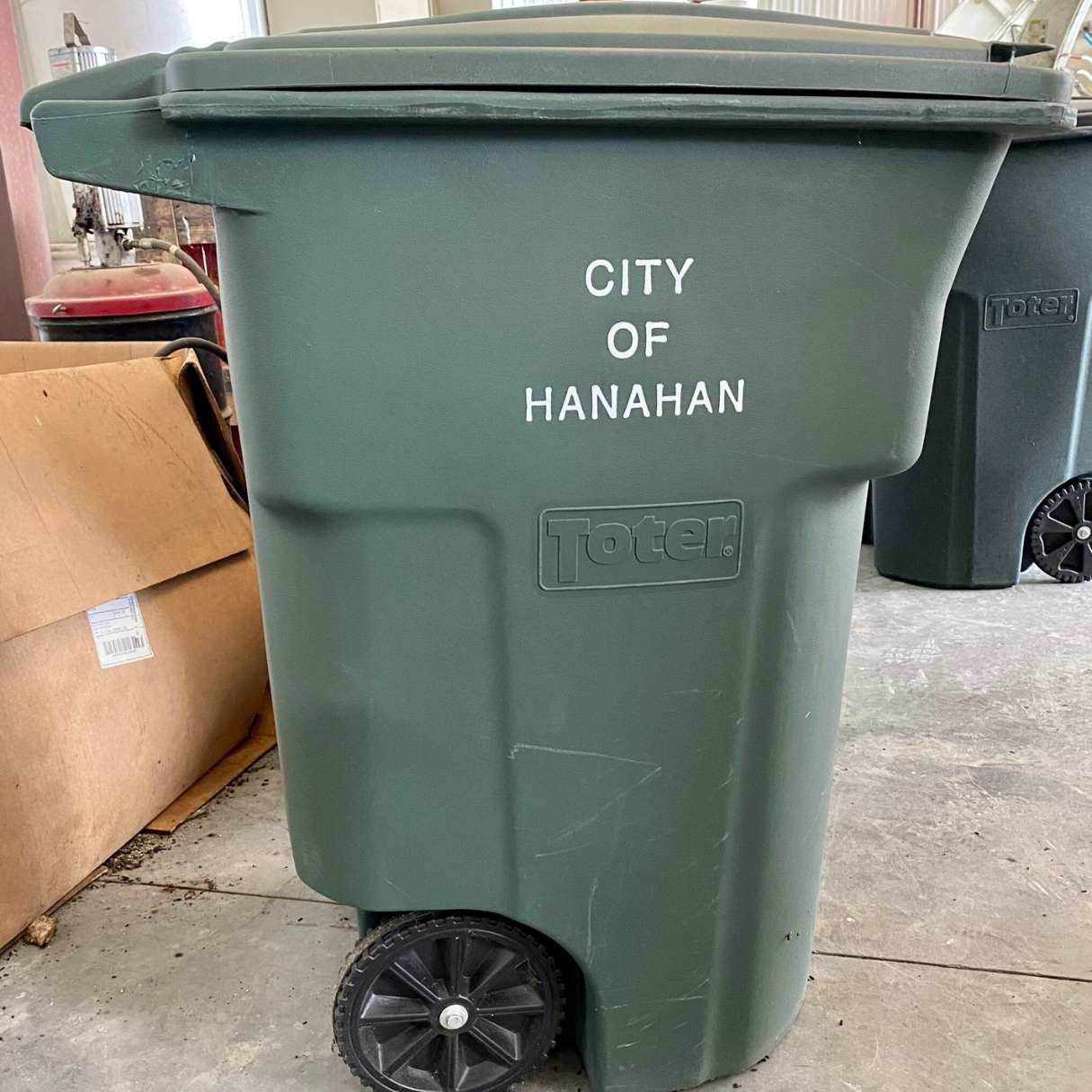
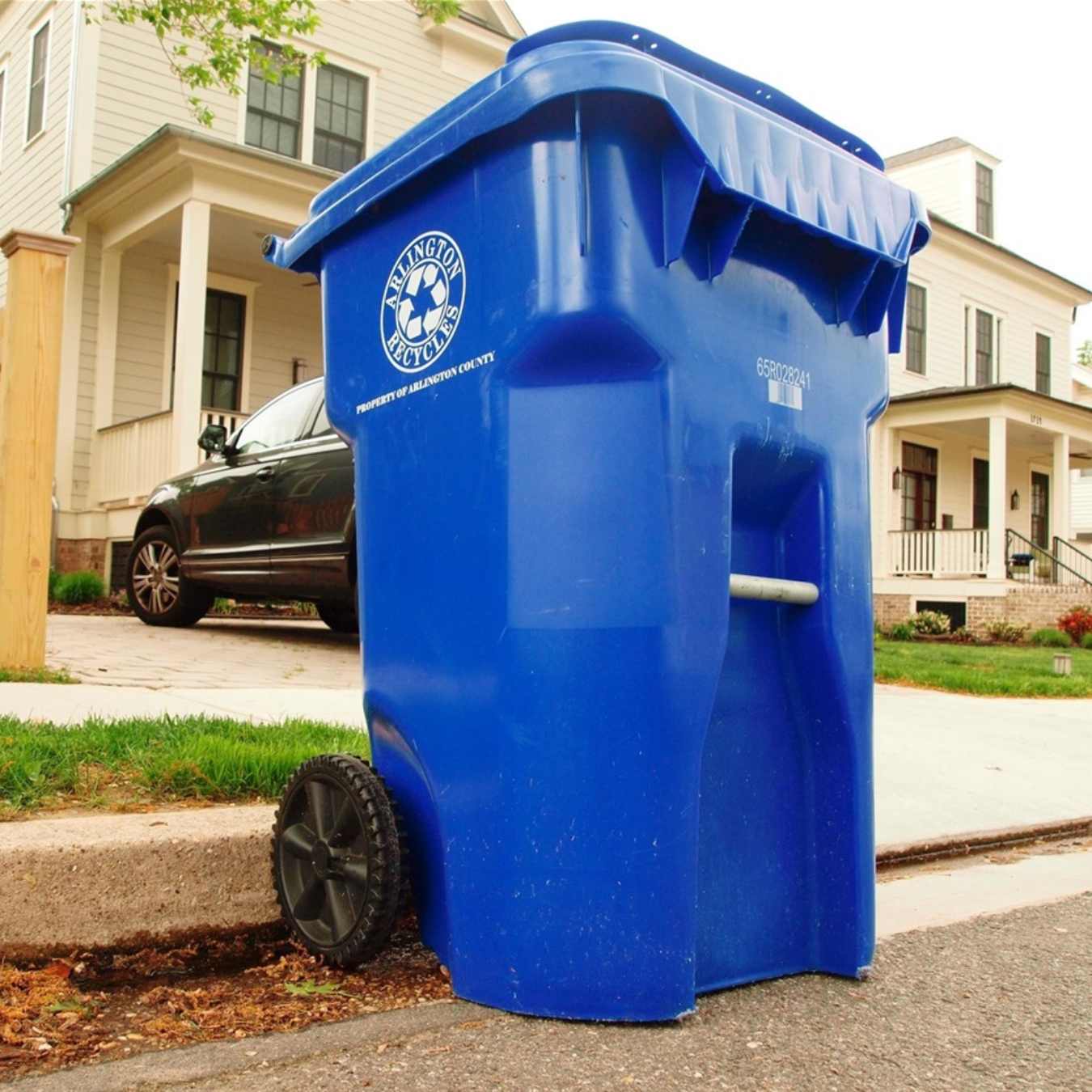
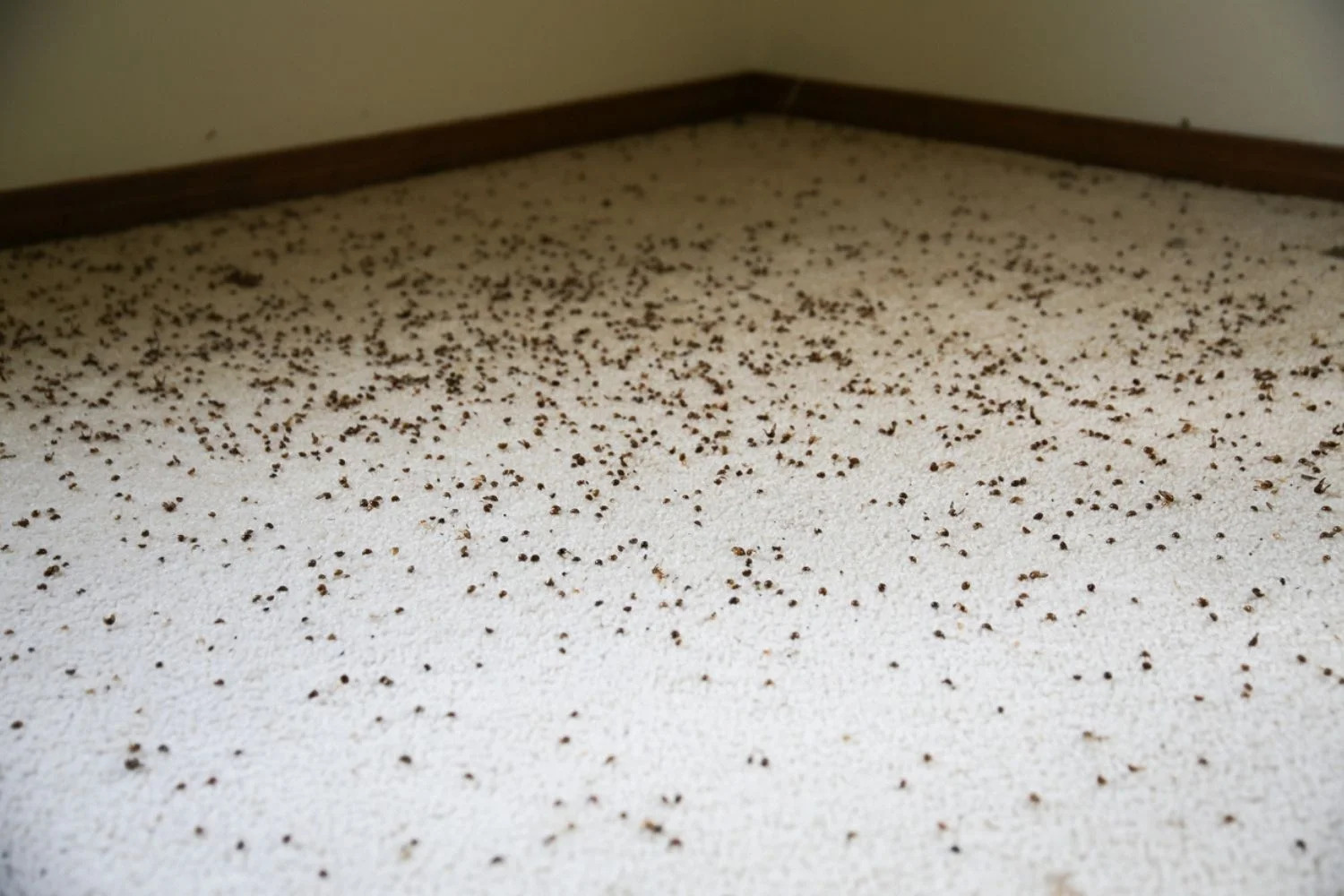

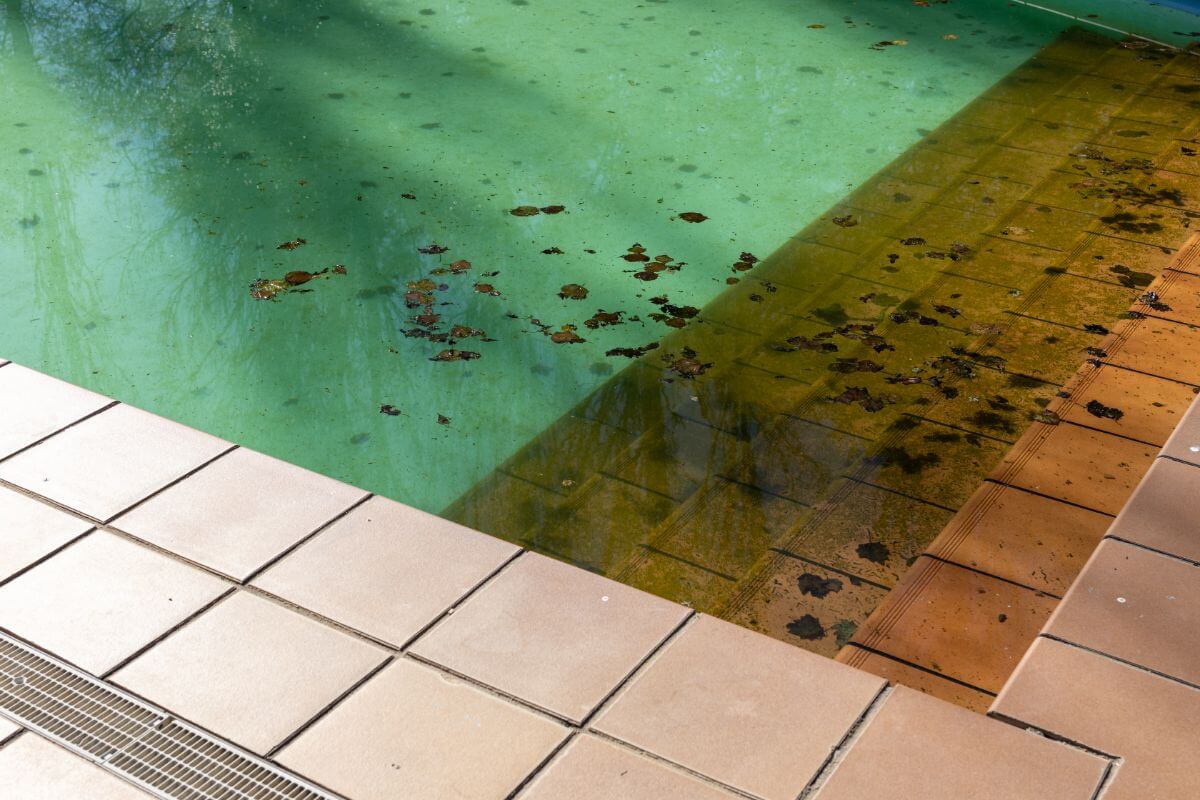

0 thoughts on “How Do You Get Rid Of Maggots In A Trash Can”